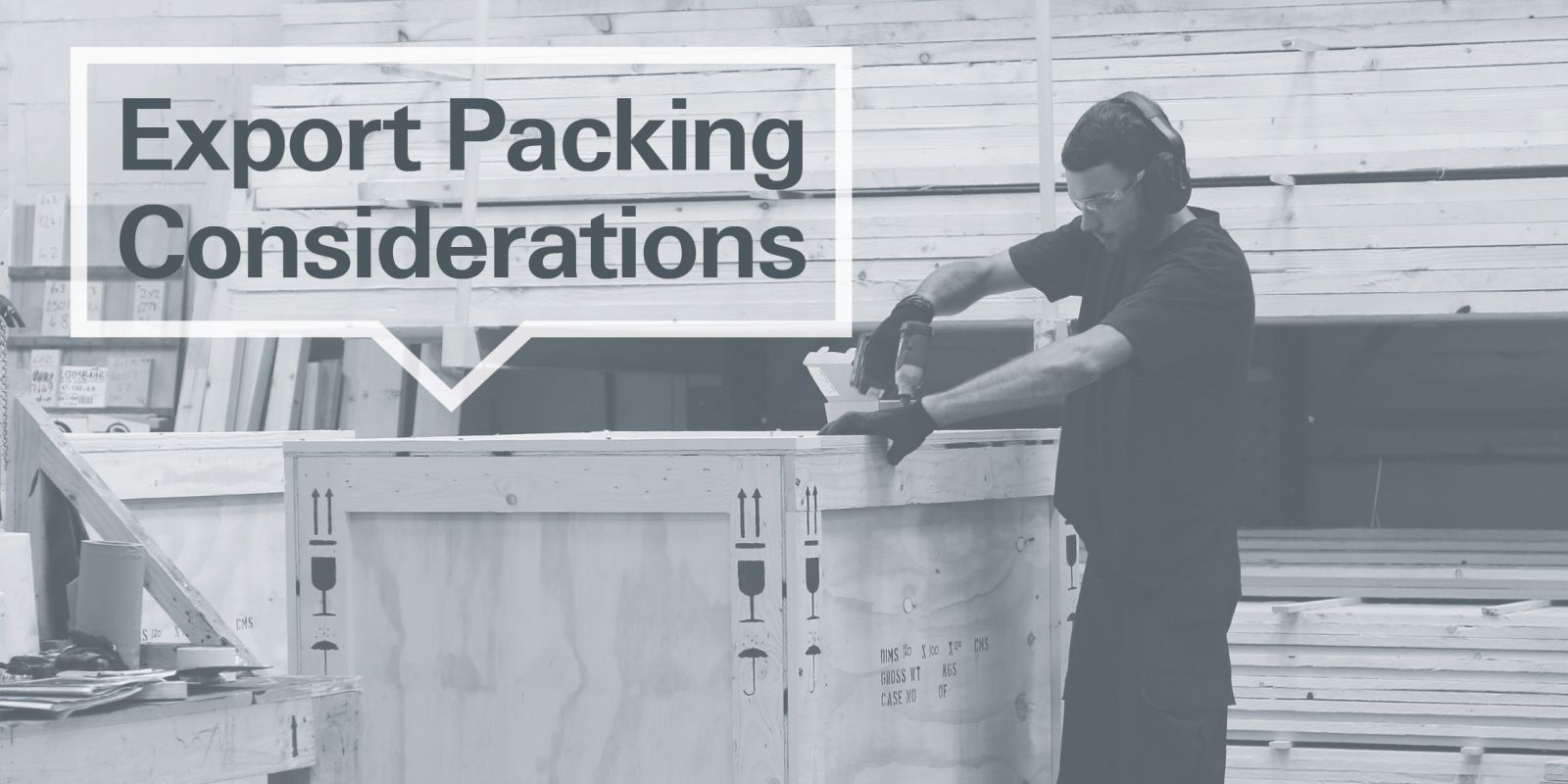With over 30 years of experience in projects of all shapes and sizes, for clients representing industries from aerospace to science, we like to think we know a thing or two about crate manufacture and export packing. In this blog, we share some of the key considerations which must be taken when packing equipment for transportation, either within the UK or further afield.
It's a numbers game
The size of the commodity you are packing for transportation, and the mode of transportation you are using, will be crucial to the packing process. These variables will determine the dimensions of the package itself – adding packaging to an item can increase its dimensions by approximately 30cm, and this needs to be factored in. Dimensions could determine how you move a package, and ultimately affect both the cost and the timeline.
Safe and secure
Your objective is to secure an item in position within the packing case itself. This will ensure that when it is then secured within the transportation, it arrives without damage in normal circumstances. The method you use to secure the item will depend on its identity and shape; ratchet straps, metal brackets and bracing timber are all common solutions.
Consult well in advance
While an item is being manufactured, or even off-drawing, you can stay a step ahead by talking to your export packing consultant well in advance. Measurements can then be taken and issues highlighted, giving you as much time as possible to confirm the best solutions, before the packing process begins.
Communication is key
Communication between every party involved in the delivery and receipt of the item is crucial, and must cover both vital information and special requirements. Is shock absorption required? Are there stencilling or labelling needs? Have there been any changes to measurements in a drawing or physical dimensions of an item which could affect the packing? And has the timeline been altered? It is imperative to keep a close eye on all these variables.
Make marking a priority
Think of the labels and markings you display on a container as a ‘How to Guide’ on how to handle the item; from the first stage of its transportation to the last. Universal markings considered essential are external dimensions, gross weight, and the ISPM15 stamp to confirm the type of timber used is within regulations, if applicable. A list containing the contents of a crate should be securely attached to it. If there is more than one container, they should all display an individual ID, as well as the details of the entire load.
As you can see from the guide above, efficient export packing relies heavily on ensuring you methodically tick off a number of key considerations. If you regularly write ‘to do lists’, you can view the export packing process as a ‘list of lists’ – the process can only be executed well by taking a holistic approach to the operation, leaving nothing to chance.
Ready to get your export packing underway? Find out about the different types of wooden crates available.





